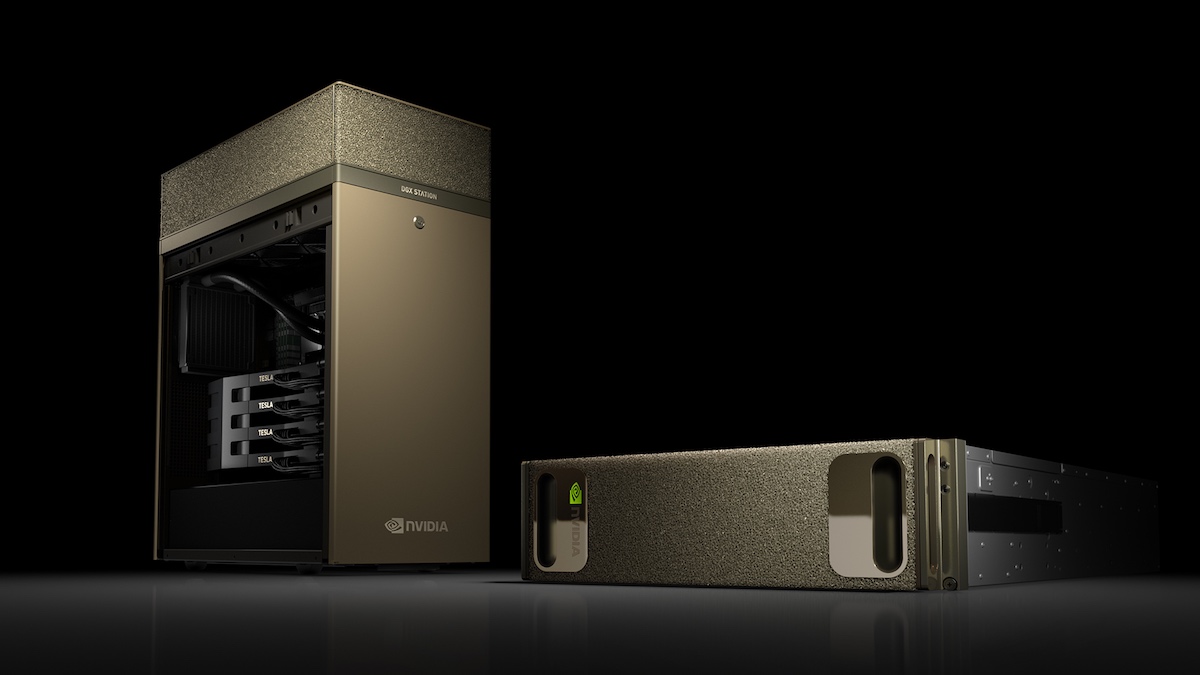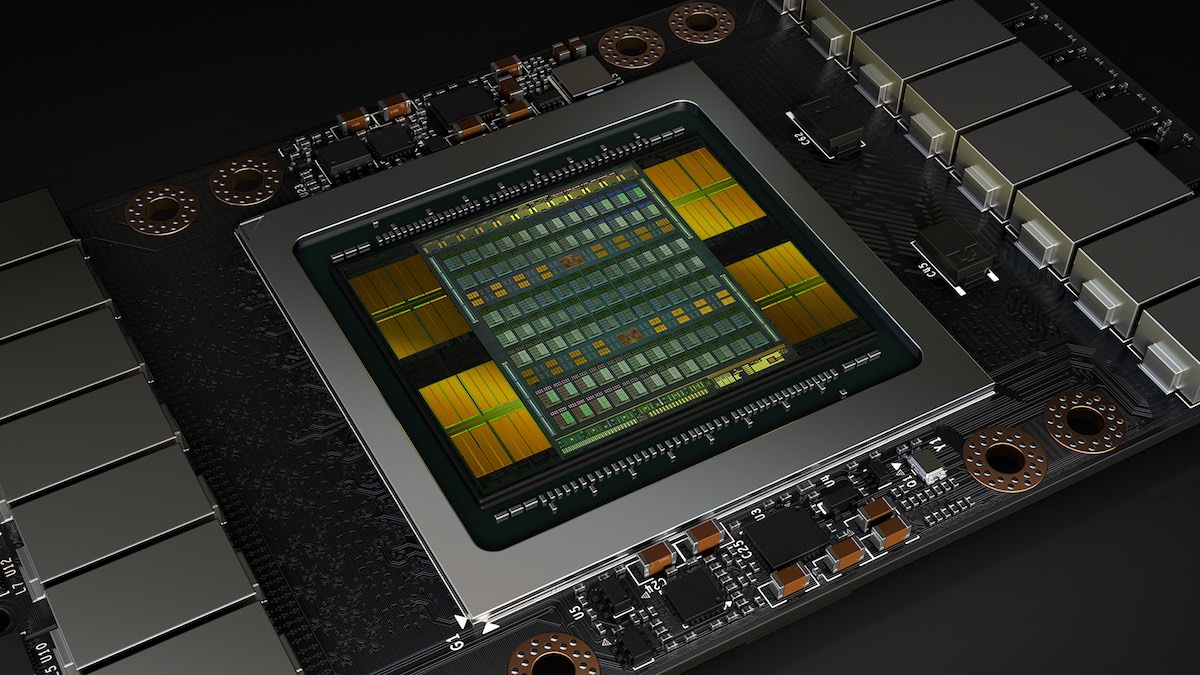It’s finally here, folks: Nvidia’s Volta GPU. The green company unveiled its brand new GPU at its annual GTC 2017 event. As expected, Nvidia’s Volta GPU will first be introduced to enterprise users, before making it available to mainstream consumers like us.
One rather interesting trait about Nvidia’s Volta GPU is that it’s manufactured using TSMC’s 12nm FFN process. The first product to be equipped with the company’s newest GPU is the Tesla V100. According to Nvidia, the Tesla card is equipped with 16GB HBM2 memory, capable of bandwidth speeds of 900GBps.

In addition, the FP32 (single-precision floating point) performance of the Tesla V100 data centre GPU is rated at 15 TFLOPS. Besides that, the new Tesla card also comes with a CUDA core count of 5120, which is significantly higher compared to the company’s previous Tesla P100 GPU. Amazingly, the GPU is also rather huge, measuring in at 815 mm2 (die size).
Nvidia’s CEO, Jen-Hsun Huang, mentioned that the R&D cost to develop the Tesla V100 was US$3 billion (around RM13 billion). Alongside the announcement of the Tesla V100, Nvidia has also unveiled several of its brand new supercomputers as well – all of which are powered using the Tesla V100.

First up is the new DGX-1 supercomputer. Nvidia’s updated DGX-1 now comes with eight Tesla V100 GPUs; delivering up to 960 TFLOPs of FP16 (half-precision floating point) performance. Also fitted inside the supercomputer are two Intel Xeon E5-2698 CPUs along with four 1.92TB SSDs. When it comes to pricing, the Volta-based DGX-1 is priced at US$149,000 (about RM648,220).
Of course, Nvidia has also unveiled a more ‘affordable’ and smaller version of its DGX-1 supercomputer. It’s called the DGX Station, which surprisingly is about as big as one’s typical workstation PC. The DGX Station is fitted with four Tesla V100 GPUs, and is priced at US$69,000 (approximately RM300,184).

Unfortunately, none of Nvidia’s announcements during its GTC 2017 keynote had anything to do with general consumers and PC gamers. Despite this, looking at the significant performance leap between Volta and Pascal, one can only assume that the same will be reflected on Nvidia’s consumer graphics cards in the future.
Follow us on Instagram, Facebook, Twitter or Telegram for more updates and breaking news.



